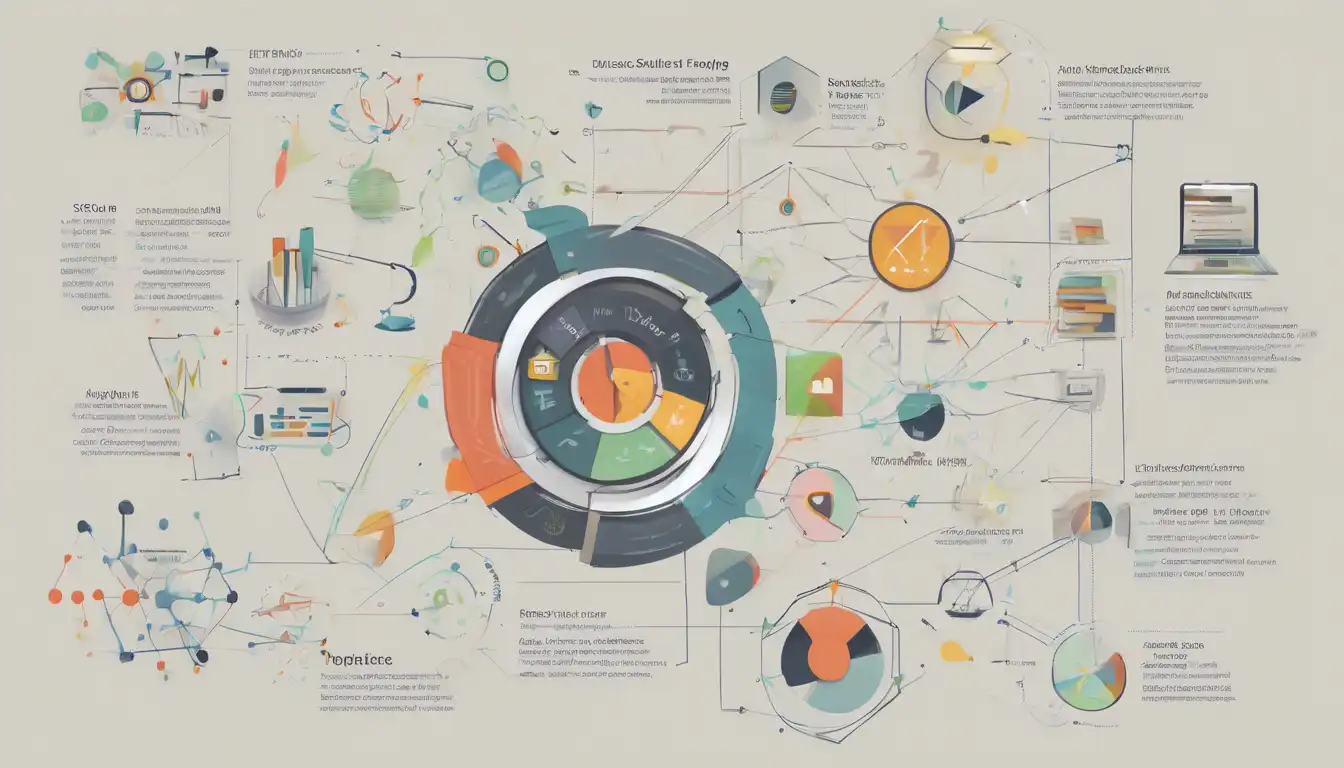Introduction to Data Science Tools
In the rapidly evolving field of data science, staying updated with the latest tools and technologies is crucial for every analyst. Whether you're a beginner or an experienced professional, knowing which tools can help you analyze, visualize, and interpret data effectively is key to your success. This article explores the essential data science tools that every analyst should know to stay ahead in the game.
Programming Languages for Data Science
At the heart of data science are programming languages that allow analysts to manipulate data and build models. Python and R are the two most popular languages in the data science community. Python is renowned for its simplicity and versatility, making it ideal for beginners and experts alike. R, on the other hand, is specifically designed for statistical analysis and graphical models.
Data Visualization Tools
Visualizing data is a critical step in understanding complex datasets. Tools like Tableau and Power BI enable analysts to create interactive and visually appealing dashboards. For those who prefer coding, libraries such as Matplotlib and Seaborn in Python offer extensive capabilities for creating static, animated, and interactive visualizations.
Big Data Technologies
With the exponential growth of data, handling big data has become a necessity. Technologies like Hadoop and Spark provide the framework for processing large datasets efficiently. Spark, in particular, is known for its speed and ease of use in big data analytics and machine learning tasks.
Machine Learning Libraries
Machine learning is a cornerstone of data science, and libraries such as Scikit-learn, TensorFlow, and PyTorch have become indispensable. Scikit-learn is perfect for those starting with machine learning, offering simple and efficient tools for data mining and data analysis. TensorFlow and PyTorch are more advanced, catering to deep learning applications.
Database Management Systems
Understanding how to store and retrieve data efficiently is essential. SQL remains the standard language for relational database management, while NoSQL databases like MongoDB are preferred for handling unstructured data. Knowledge of both is beneficial for any data analyst.
Conclusion
The field of data science is vast and constantly changing, but mastering these essential tools will provide a solid foundation for any analyst. By staying curious and continuously learning, you can leverage these tools to uncover insights and drive decision-making processes in any organization.
For more insights into data science and analytics, explore our technology section.
